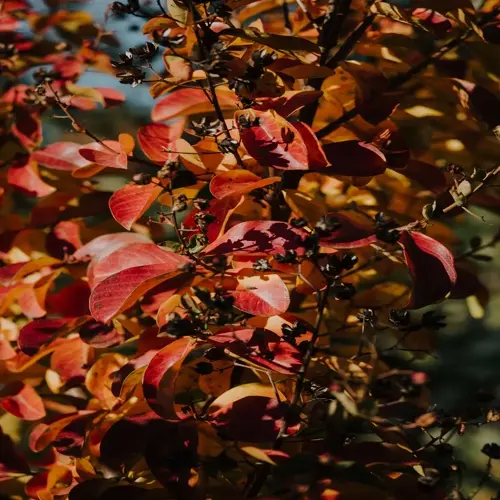Why is fall considered prime planting season?

Written by
Paul Reynolds
Reviewed by
Prof. Martin Thorne, Ph.D.The fall season provides ideal conditions for tree establishment because of warm soils and cool air. The warm soil continues to hold summer heat, enhancing root growth. The cool air minimizes moisture stress on the leaves. Trees divert energy underground to create strong root systems without the need to support their leaves. This advanced growth also helps provide a buffer for the heat of the next summer.
Root Development Benefits
- Soil temperatures 50-60°F (10-16°C) stimulate root cell division
- No foliage energy demands allow carbohydrate storage
- Mycorrhizal fungi partnerships form efficiently
- 6-12 inches (15-30 cm) of root growth before winter
Environmental Stress Reduction
- Cool air lowers transpiration rates by 40-60%
- Natural rainfall reduces irrigation needs
- Fewer pests and diseases during cooler months
- Reduced weed competition for resources
Regional setups prioritize fall benefits. For cold areas, plant 6-8 weeks ahead of the first frost. In warm regions, plants still grow well into November. Coastal areas should not plant while storms are building. I've seen oaks planted in the fall developing taproots about 3 feet (90 cm) by spring. The taproot provides the best drought protection.
By following a few proper techniques for fall planting, you'll see greater success. Water thoroughly deep when planting and then every 14 days until the ground freezes. Mulch with 4 inches (10 cm) of mulch to minimize soil temperature fluctuations. Avoid fertilizing and encouraging new growth while the plant is stressed. Stakes should only be used if your tree is taller than 8 feet (2.4 meters) in height.
There's a range of responses to fall planting for tree types. Deciduous species, such as maple and oak, respond first to fall planting. Evergreens should be planted in the fall before the ground cools below 45°F (7°C). Fruit trees establish themselves well, though it's better to wait and prune in late winter. I prefer bare-root planting to ice up the forest in the fall to save on costs.
Read the full article: When to Plant Trees for Best Growth
